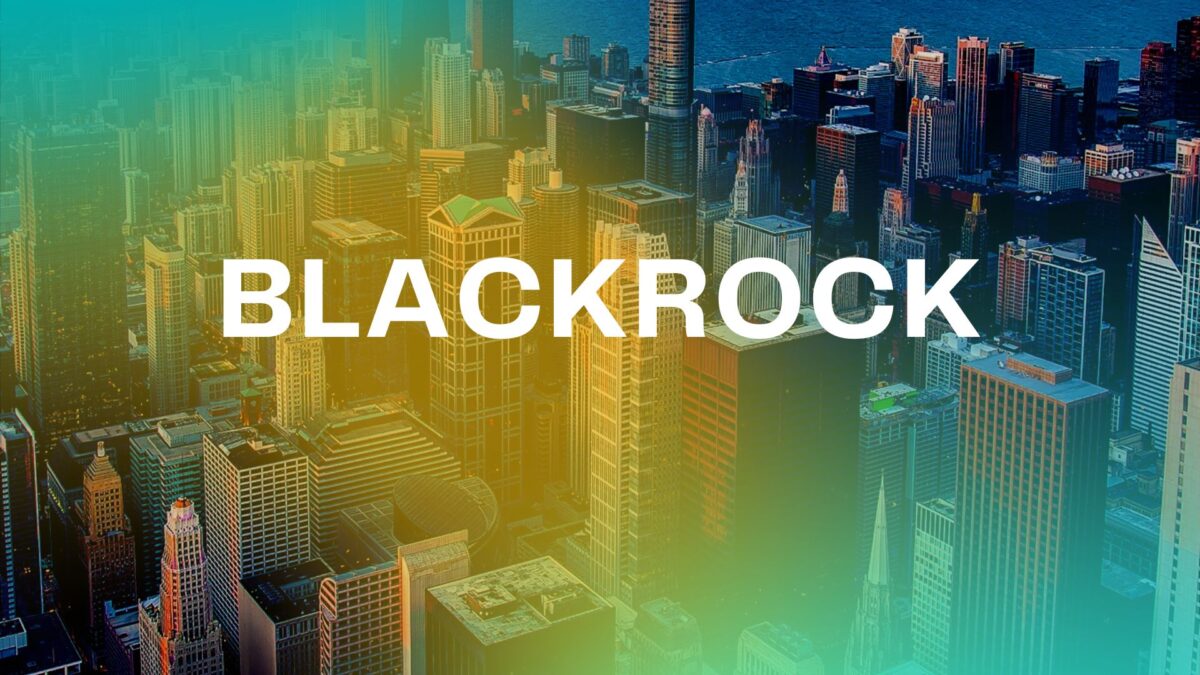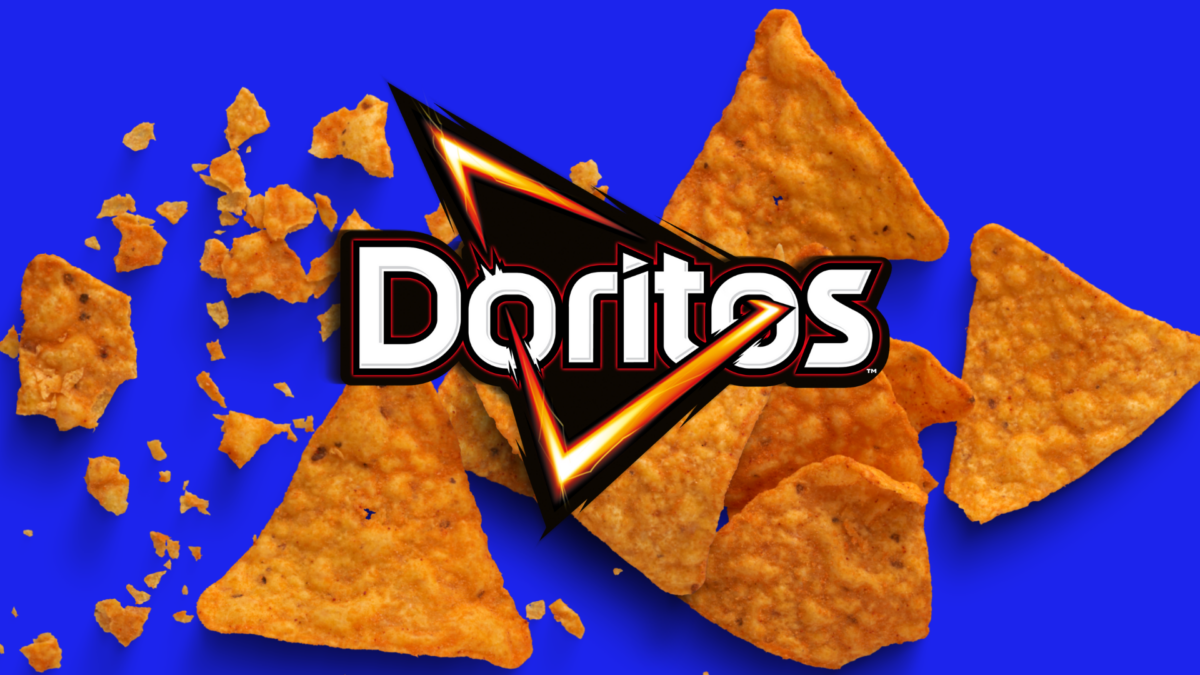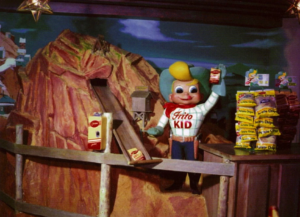No products in the cart.

The answer is Yes! Other crucial factors need to be reviewed.
First, understand the difference between life span and health span. Life span is how long you live. Healthspan is how long you live in good health.
Often, the life span is always longer than the health span. Somewhere in those years is a gap. The gap consists of the span of years when we need help with the activities of daily living. The span can range from several months to maybe up to 10 years.
We all know that retirement has three stages; the Go-Go years, then as we age, we experience the slow-go years, and finally, the no go years. Many may spend a few in exiting the slow-go years and entering no-go years
When we think about retirement, we should also think about what support system will be available and have in place. Who will care for your financial affairs when you can’t count anymore?
Second, we need to look at biological age vs. chronological age to help complete the picture for proper planning.
Biological versus chronological age.
The problem is that chronological age only tells us a little about what we want to know, which is how long we will live. The reason chronological age is important is we need to get a sense of how long you have left to go. This helps with the decision if you only have ten years left? You shouldn’t be investing so much in stocks. Do you have 40 years left? You can invest in stocks.
Chronological age isn’t the best metric for your future. For a better sense, we need to use both and allow for flexibility.
Future, we need to know your biological age. Some people are 55 years old chronologically, but their biological age is 75, and they’re not in good health.
There are other people whose biological ages are 10 to 15 years less than their chronological age. They’re in great shape. You look at them and say, “She does not look 65.” It’s not just that she doesn’t look 65, and her biological age is 45.
We need financial plans that are geared toward the number that really matters — biological age. That’s where I think things such as long-term care insurance are essential. Even though traditional long-term care insurance wastes money, planning around it is crucial.
Should a retirement plan be based solely on chronological age?
We need financial plans that are geared toward the number that really matters — biological age. When we look at all four issues, we can now plan better:
A low biological aged person will need two different income sources, one starting at retirement and the other some years down the long retirement road.
A person with a high biological age may need a shorter version of an income source and skip the second one.
Also, the use of recent development is an asset-based benefit that provides long-term care benefits without the need to buy expensive long-term care insurance.
With asset-based care, you put your assets to work using IRS-approved strategies. If you don’t use the benefits, you won’t lose any of your money and can still leave the entire balance to your family upon death.
More facts make designing a better plan to withstand life’s uncertainties. Regardless of biological age, health span life span, even though they are good places to start, that is not the only criteria. Everyone knows their DOB, and almost no one knows their DOD, so targeted flexibility is the only answer to planning.
For more Healthy Money Tips Listen to our PodCast “Money 911”
Meet with Kris Miller – Financial Fitness Strategy Sessions
https://healthymoneyhappylife.com/
Kris@HealthyMoneyHappyLIfe.com
(951) 926-4158









 For 20 years I worked with a Fortune 500 company as a marketing communications consultant across two of their divisions, writing the kinds of written collateral that would launch new medical devices around the world. Through my own choosing and to avoid any conflict of interest, they were my sole client. My primary skills were active listening to my clients explain about the new device, discerning what each of their audiences (physicians, patients and third-party payers) would want to know, and writing messaging that would resonate with each. Of course, I had deep content knowledge and a strong understanding of branding as well.
For 20 years I worked with a Fortune 500 company as a marketing communications consultant across two of their divisions, writing the kinds of written collateral that would launch new medical devices around the world. Through my own choosing and to avoid any conflict of interest, they were my sole client. My primary skills were active listening to my clients explain about the new device, discerning what each of their audiences (physicians, patients and third-party payers) would want to know, and writing messaging that would resonate with each. Of course, I had deep content knowledge and a strong understanding of branding as well. Now I am honored to shine branding brilliance on people instead of products. I listen actively to my clients – where they’ve been and where they’re going. I discern how to most effectively communicate to their intended audience. And then I write authentic and powerful marketing story for them, using my new deep content knowledge of how the LinkedIn platform works.
Now I am honored to shine branding brilliance on people instead of products. I listen actively to my clients – where they’ve been and where they’re going. I discern how to most effectively communicate to their intended audience. And then I write authentic and powerful marketing story for them, using my new deep content knowledge of how the LinkedIn platform works. Named one of six top branding experts in 2022 by The American Reporter, I’ve helped countless C-level clients over the past ten years to use LinkedIn to frame conversations, impress customers, and introduce themselves before their first conversation takes place.
Named one of six top branding experts in 2022 by The American Reporter, I’ve helped countless C-level clients over the past ten years to use LinkedIn to frame conversations, impress customers, and introduce themselves before their first conversation takes place.

 My award-winning book, LinkedIn for the Savvy Executive-2nd Edition received BookAuthority’s “Best LinkedIn Books of All Time” award, was named one of the “Top 100+ Best Business Books” by The C-Suite Network, and is an International Book Awards winner. For your author-inscribed and signed book or for quantity discounts, order at: https://carolkaemmerer.com/books
My award-winning book, LinkedIn for the Savvy Executive-2nd Edition received BookAuthority’s “Best LinkedIn Books of All Time” award, was named one of the “Top 100+ Best Business Books” by The C-Suite Network, and is an International Book Awards winner. For your author-inscribed and signed book or for quantity discounts, order at: https://carolkaemmerer.com/books
